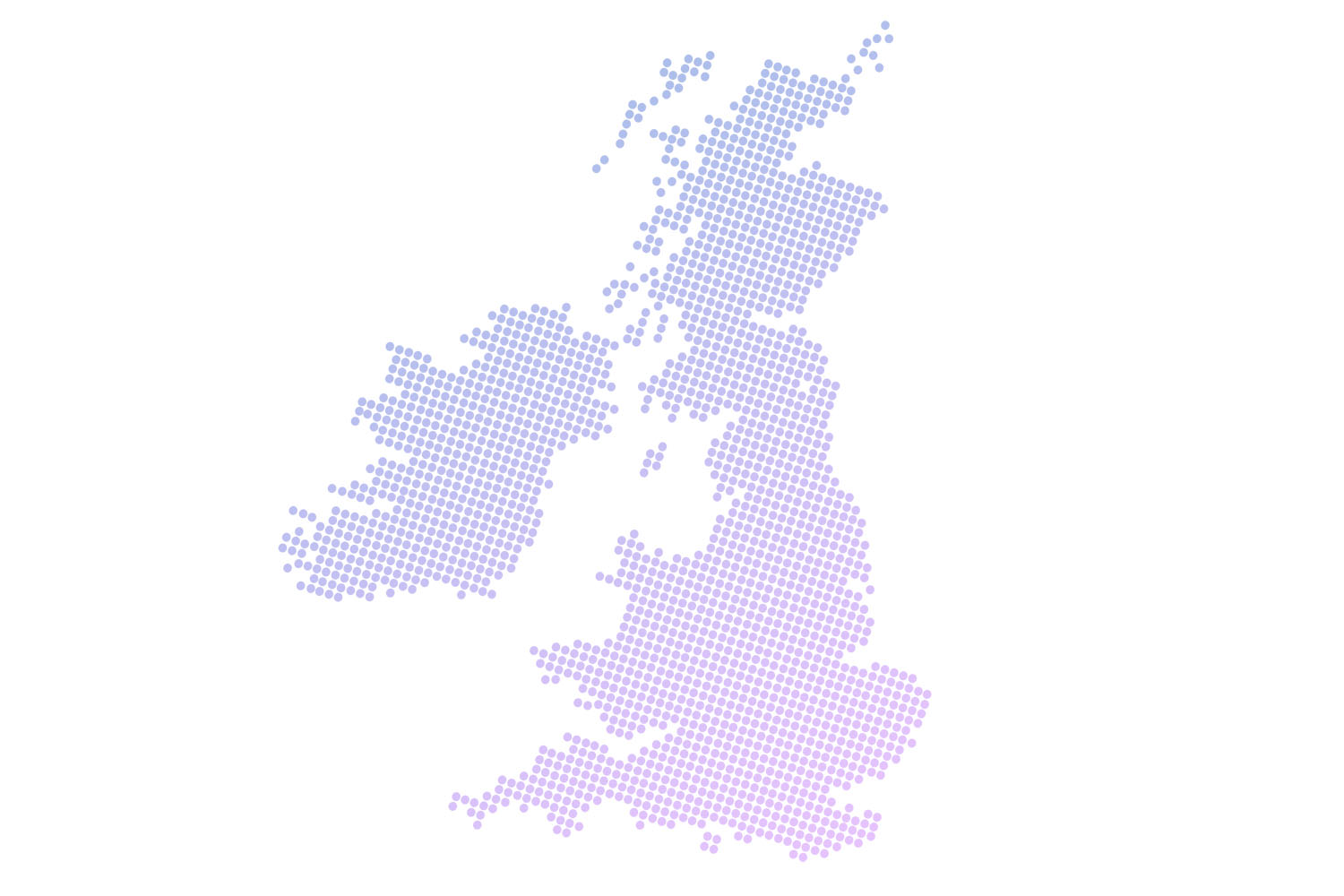News
Regional house price growth revealed

Prices have risen by over 8% in some regions over the last year, but less than 4% in others
The South West saw the strongest rise in prices of any region in the year to the fourth quarter of 2020, according to Halifax, with average prices rising by 8.7%.
It was followed by the West Midlands, which experienced growth of 8.5%.
The East Midlands, the North West, Yorkshire and Greater London also saw increases above the national average, which was 7%.
At the other end of the scale, Scotland recorded the lowest price gains, with prices up just 3.9% compared to a year ago.
Most expensive regions
Greater London is unsurprisingly the most expensive region to purchase a home. Prices in the capital are now typically well over £500,000 and nearly £170,000 more than the next most expensive region (the South East).
Eastern England and the South West also recorded typical house prices above the UK average.
The North East (£146,077) and Northern Ireland (£153,895) remained the cheapest places in the UK to purchase property.
Affordability holds steady
Affordability is still a challenge for buyers, said Halifax, and the UK’s average house-price-to-earnings ratio was unchanged at the end of last year at 6.36, its highest level since mid-2007.
Greater London has the worst affordability, with a house-price-to-earnings ratio above nine, with
neighbouring regions in the south of England recording ratios above eight.
With house-price-to-earnings ratios below 5, the North East, Northern Ireland, Scotland and Yorkshire are the most affordable regions to purchase property.
Paul Smith, economics director at IHS Markit, which produces the data for Halifax, said: “Despite the notable economic headwinds facing the country, the UK housing market enjoyed another stellar quarterly performance in the final three months of 2020.
“However, with the ending of the stamp duty holiday and scaling back of Help to Buy at the end of March, plus the ongoing macroeconomic challenges related to dealing with the pandemic, it’s unlikely that such positive market momentum can be sustained for too much longer.”